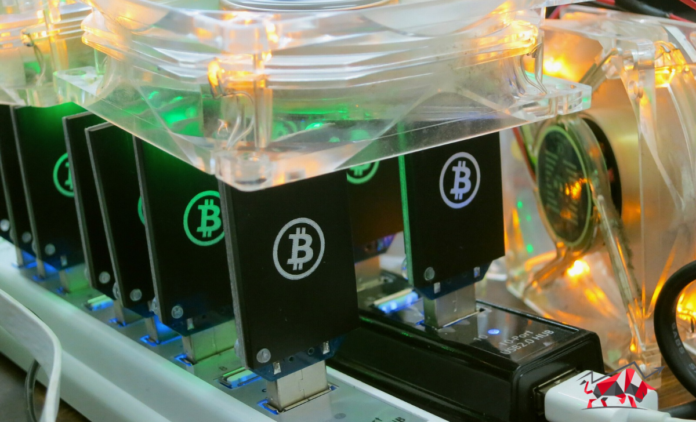On July 5, Bitcoin mining difficulty decreased by more than 5%, reaching a quarterly low of 79.50 terahashes per second (TH/s). This marked the largest reduction since March when it briefly dipped below 80 TH/s.
Between March and May, the mining difficulty spiked to an all-time high of 88.10 TH/s. Since then, it has slowly settled back to 79.50 TH/s.
Understanding Bitcoin Mining Difficulty
Bitcoin mining difficulty is measured in hashrate, which is the number of guesses a mining machine must make to solve the cryptographic puzzle necessary to unlock new Bitcoin.
The hashrate is updated every 2,016 blocks, approximately every two weeks. Generally, the hashrate has increased month-to-month throughout Bitcoin’s history.
In 2014, the hashrate was about 1.1 gigahashes per second, low enough for most desktop PCs to mine Bitcoin. By the end of 2017, the hashrate reached the terahash mark for the first time. As of July 6, 2024, it remains at 79.5 TH/s until the next difficulty update.
Profitability of Mining Rigs
Under the current difficulty of 79.5 TH/s, mining pool F2Pool estimates that an ASIC rig with an efficiency rate of 26 watts per terahash (W/T) or better would be profitable if Bitcoin’s price stays above $54,000.
“With a $BTC price of $54k, ASICs with Unit Power of 26 W/T or less can make a profit. We estimate this at $0.07 per kWh,” said F2Pool.
If Bitcoin’s price dips below $54,000, more efficient rigs will be needed to remain profitable. However, if the price remains stable, conditions should be favorable for the largest miners, especially those with energy subsidies for mining facilities.


